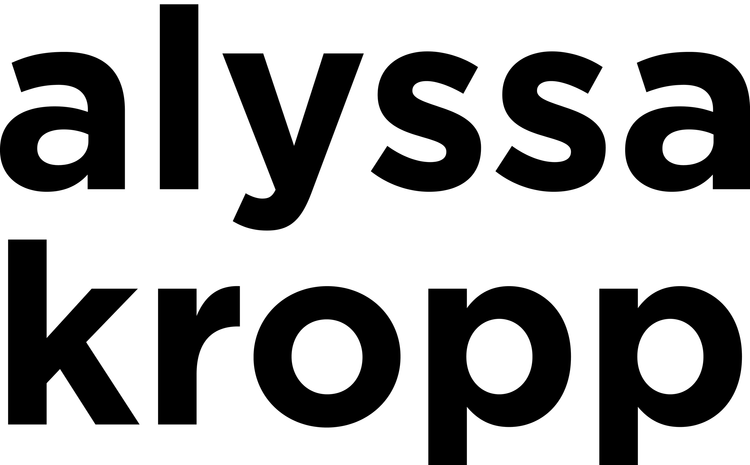Or, why I didn't go get an MPA, MBA, MPH, or a Masters in International Development...
After months of applications, anticipation, and visiting schools, it's final: starting this fall I'll be enrolled at Parsons, a part of The New School in NYC, for an MFA degree called Transdisciplinary Design.
So, what happened? If you had asked me a couple years ago, this degree wouldn't have been on my radar for grad school. I was deeply focused on finding a professional degree that would expand my skills in working in international development. But as I continued my work with Orbis, other options emerged. Would an MBA be more beneficial in the long run? Would an MPH or MPA aid more in my work?
There were so many options, but this wasn't what was keeping me from applying. When I sat down each year to research and really think about degrees, I kept putting my application off. I couldn't seem to find a program that truly fit what I wanted to study, or was flexible enough to let me explore during my time. And if you know me, I never want to pay for something that isn't 100% on point. Plus, I didn't want a degree that would keep me tied to a desk.
I was developing interests in other areas as well. Cities, urban design, and sustainable futures were becoming more prominent in my Googling. I signed up for Skillshare with my professional development money from work to take more design focused classes. After participating in Breaker, I kept sneaking in lectures and research on Human Centered Design at health conferences.
So last summer I finally looked deeply into schools that focused on design for social impact and some that focused on city design. And what I found were degrees that were flexible and allowed me to blend all the things I was interested in. They provided skills I could take with me outside of the education bubble, as well as opportunities to learn across sectors. It was new, forward thinking, and really focused on the "users" or stakeholders in communities. And after talking to professors, students, alumni, and professionals in the field, I knew I had found the right fit for me.
So why a design degree? In short, because it allows me to use both sides of my brain, to work with people in mind, and allows me to bring new skills to international development across sectors in health, food, economics, and city planning.
Because the degree and terminology is new to those outside the field, I'm listing some key resources for you to explore and learn more about it.
Reading Material:
Case Studies:
- John Hopkins and Innovative Health Care
- IDEO's in home toilet solutions in Ghana
- Diva Centers for health in Zambia
- The Patient Revolution
Example Organizations:

